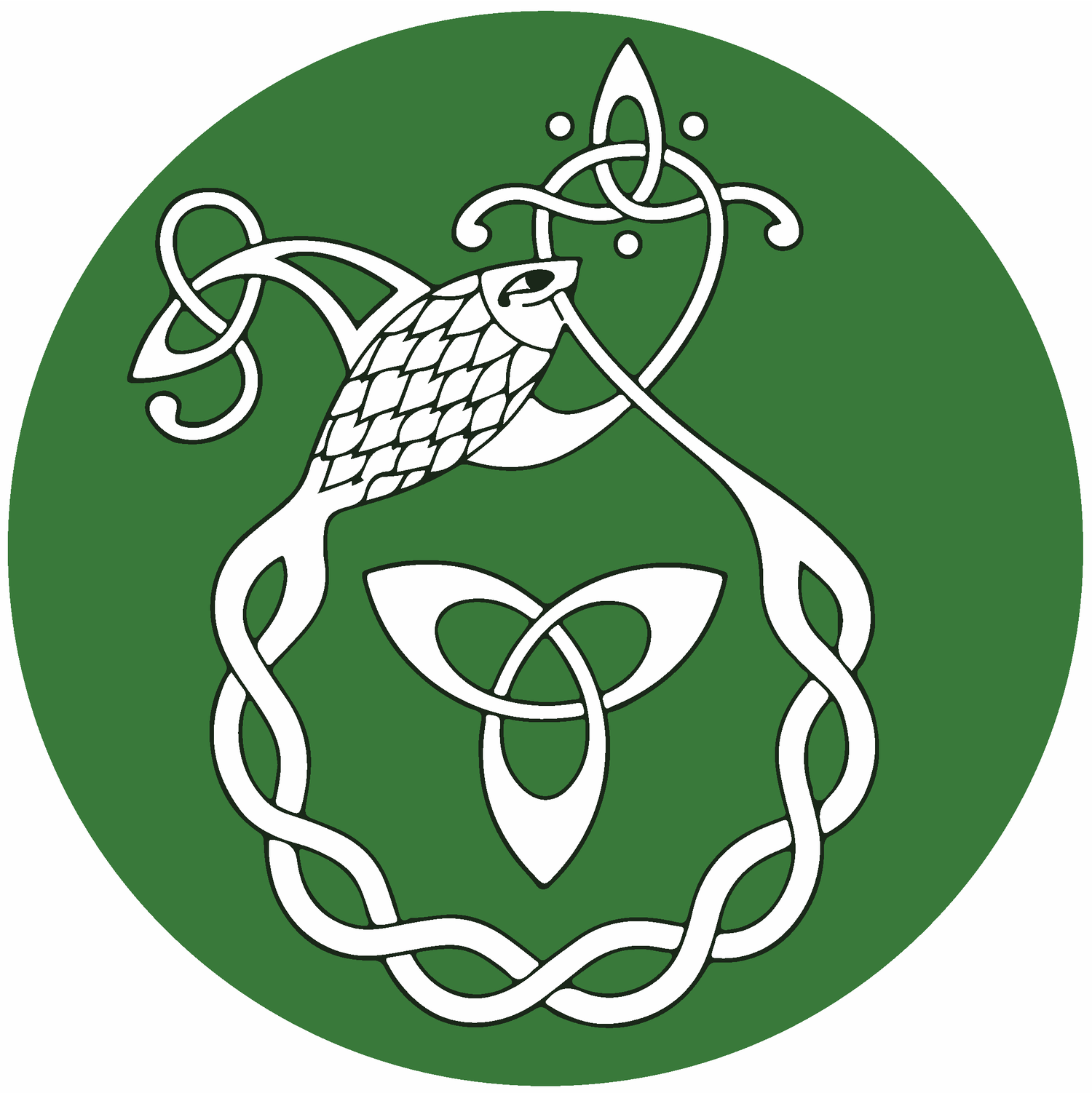Speed Curriculum 6: Where?
How it Works
Gather Objects: Collect objects (e.g., ball, rock, book) as prompts.
Ask and Answer: Take turns asking and answering questions, using the shared vocabulary.
Keep It Quick: Maintain a fast pace for energy and focus.
Rotate Roles: Switch objects and roles and start another round.
Below are some recognized strategies for maximizing the speed, ease, and efficiency of language transfer. Techniques address a range of problems: they can help control the flow of information; modify the learning environment; decrease risk, anxiety, and distraction; increase comfort, speed, and enjoyment; and, perhaps most importantly, train learners to be teachers.
-
You actively look for chances to practice the language. You have conversations and play games to use the language in real-life situations.
-
A main part is asking questions like "Where is the X?" over and over. It helps you learn new words and how to make sentences. The questions get faster, so you have to answer quickly.
-
Language mentors are people who know the language well and help you learn. They give you feedback and support as you practice talking and using the language.
-
Circling means repeating a statement with some changes to help you understand the language better. It helps you see patterns and learn how sentences are put together.
-
Rather than revert to your native language, you can physically signal if you need help or don't understand something. The goal is to keep the immersion going as long as possible.
You also switch roles with others, taking turns as the speaker and the learner, so everyone gets a chance to practice.
Where – Cá bhFuil?
“Where is my/your/his/her...?”
What you need
a rock or stone
a book
a pen
a penny
a stick
a shoe
Stór Focal - Vocabulary
Over there – thall ansin
Over here – thall anseo
Back – ar ais
Towards – go dtí
Put – cuir (cuireann)
That – go (eg. go bhuil)
Go – téigh (téann, ag dul)
Come – tar (tagann, ag teacht)
Hide – cuir i bhfolach
In front – ar aghaidh (+gen)
Behind – ar chúl (+ gen)
Below – faoi
Above – os cionn (+ gen)
Inside – istigh
Outside – amuigh
Atop – ar bharr (+gen)
Far – i bhfad
Beside – in aice le
Phrases to Use
Cá bhfuil do pheann dearg? Where is your red pen?
Tá sé faoin gcloch dhubh. It is under the black rock.
Measaim go bhfuil do pheann faoin gloch dhubh. I think your red pen is under the black rock.
Cuir do pheann dearg ar barr na cloiche duibhe, led’ thoil. Please put your red pen on top of the black rock.
Anois tá do pheann ar bharr na cloiche duibhe agus tá an chloch dhubh faoi do pheann dearg. Now your red pen is on top of the black rock and the black rock is under your pen.
Go an Come
Téigh thall ansin. Go over there.
Téann sí thall ansin go dtí na leabhair. She goes over there to the books.
Tar thall anseo. Come over here.
Tagann sé thall anseo go dtí na clocha. He comes over to the stones.
Cér mhaith leis dul thall ansin? Who wants to go over there?
Ba mhaith liom dul thall ansin. I want to go over there.
Ceart go leor, téigh thall. Okay, go over there.
